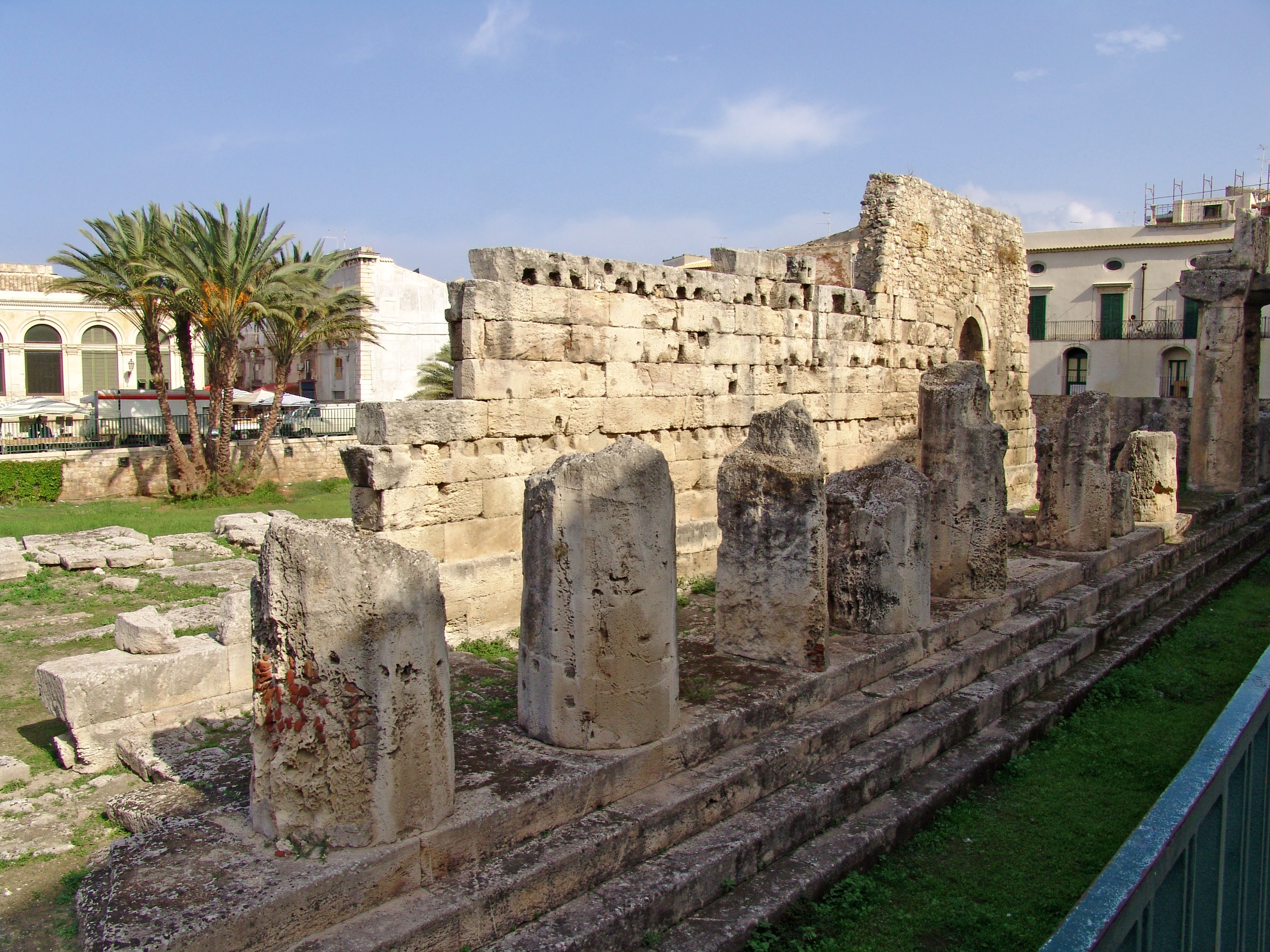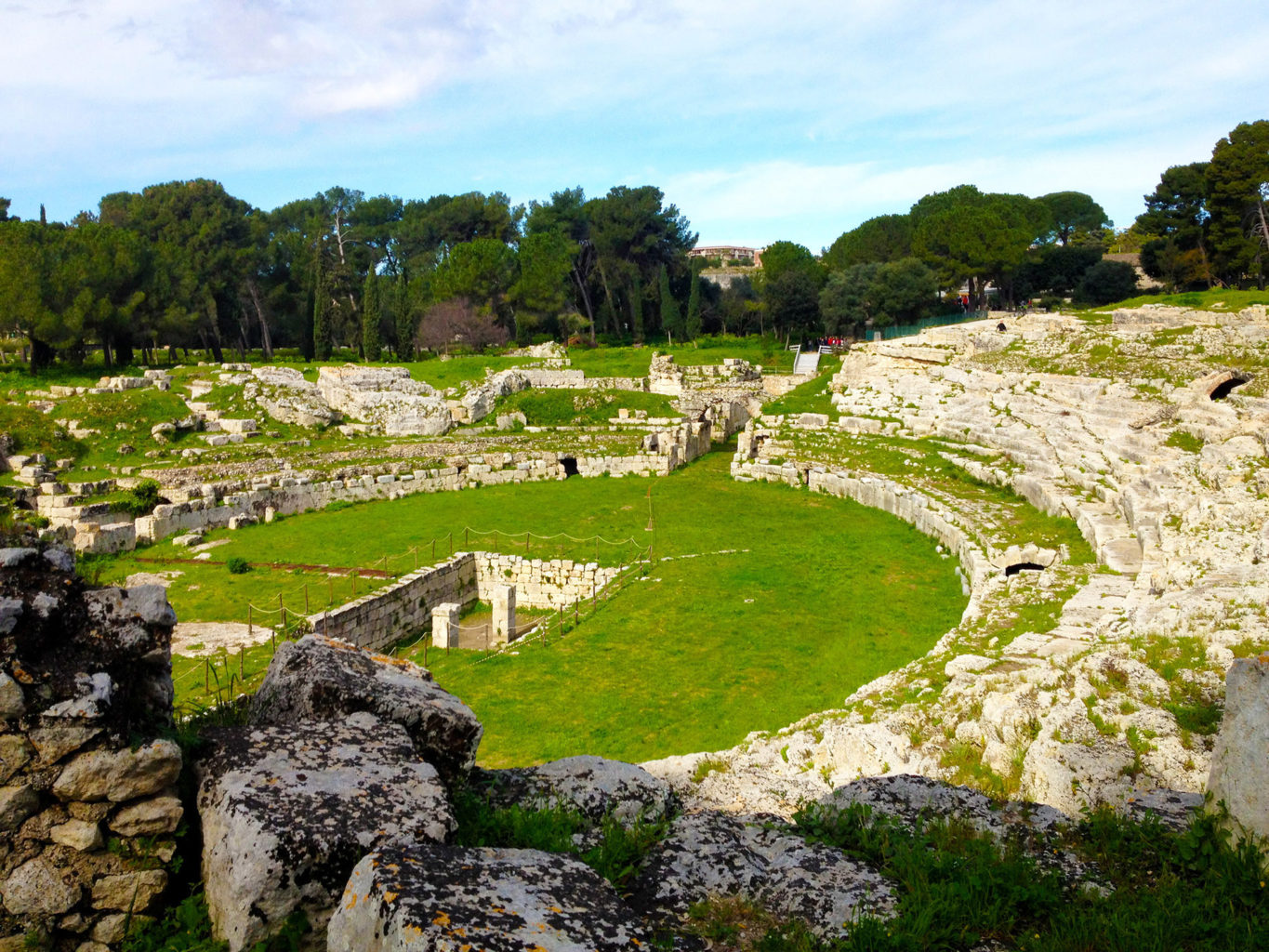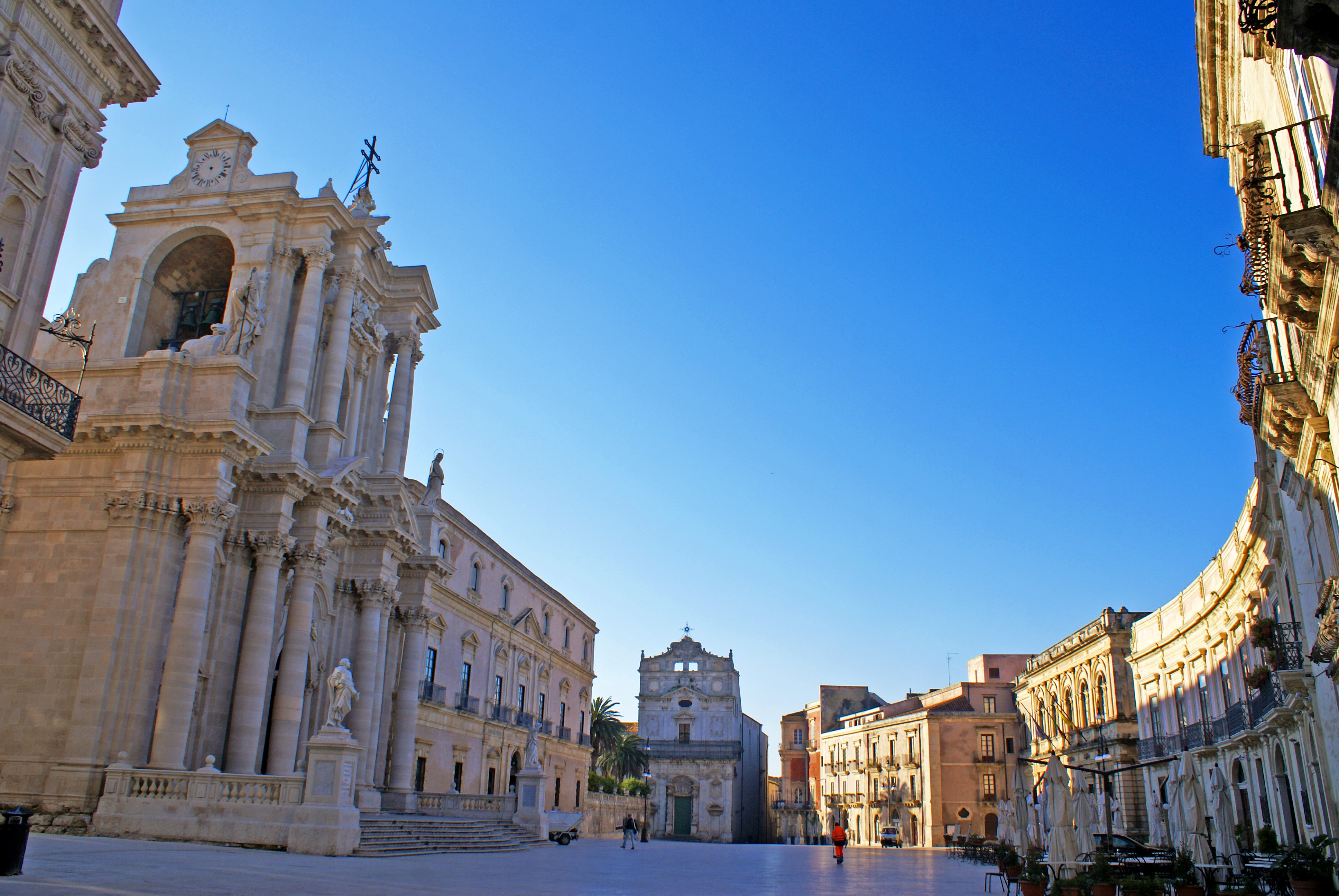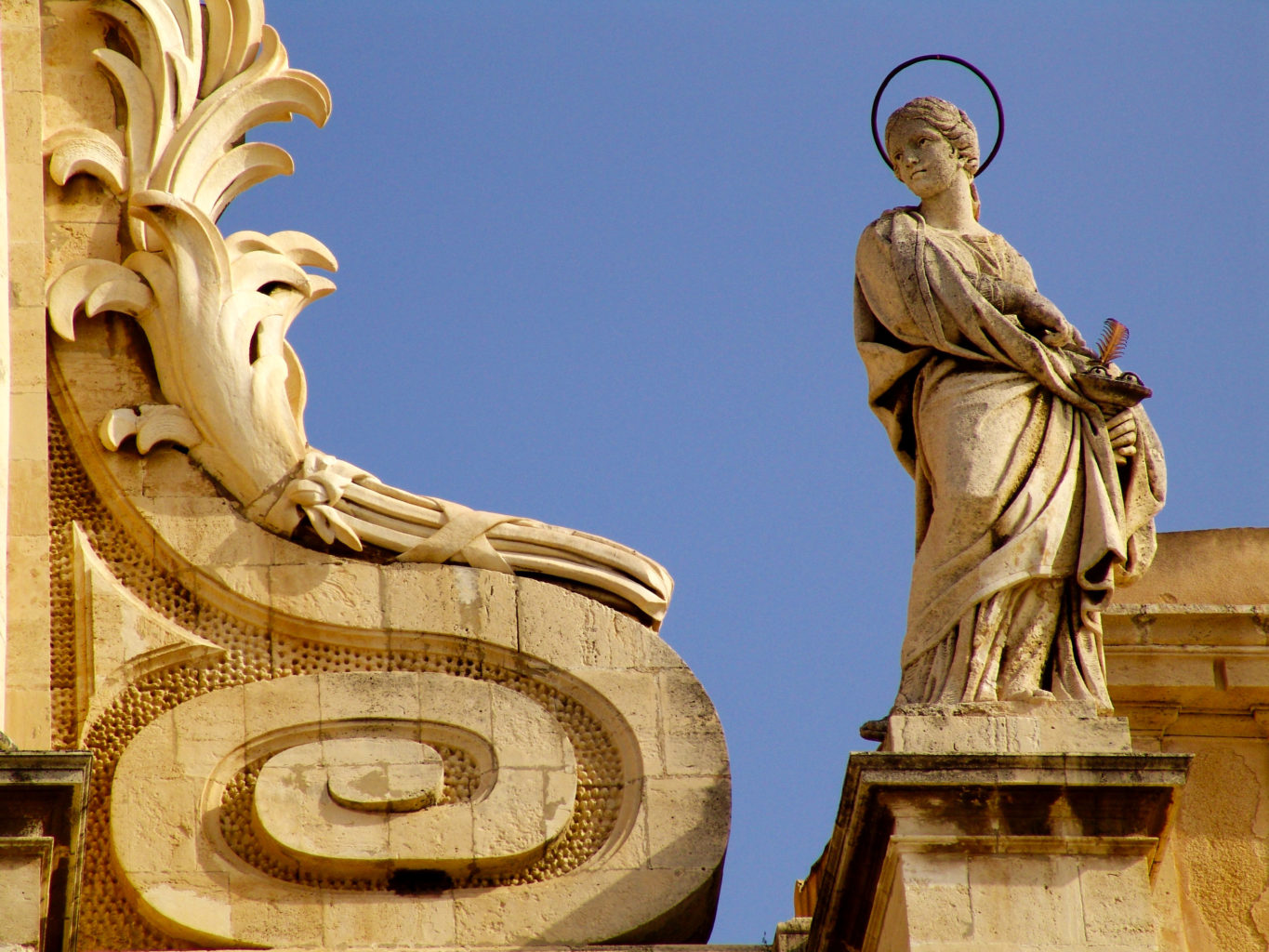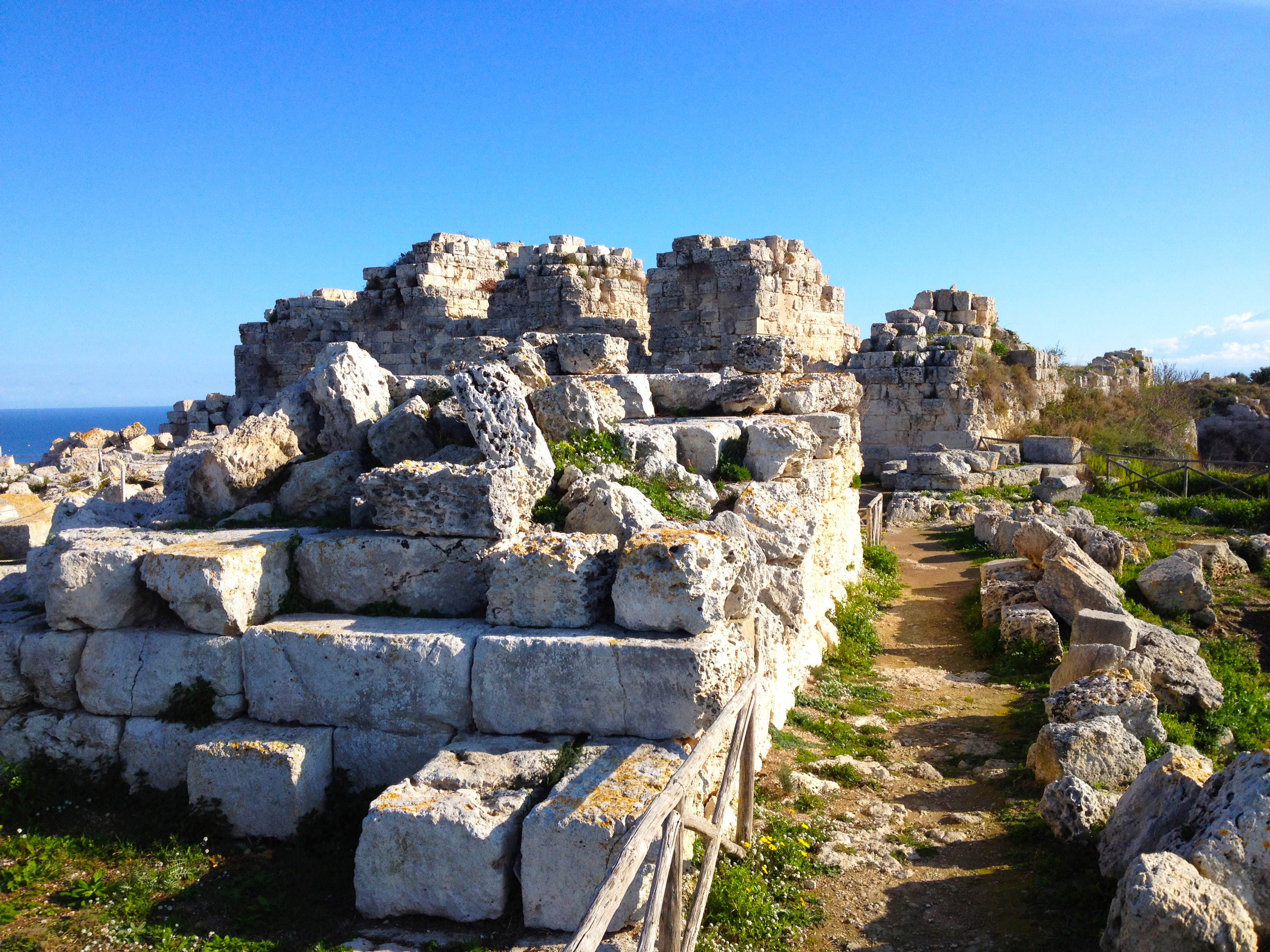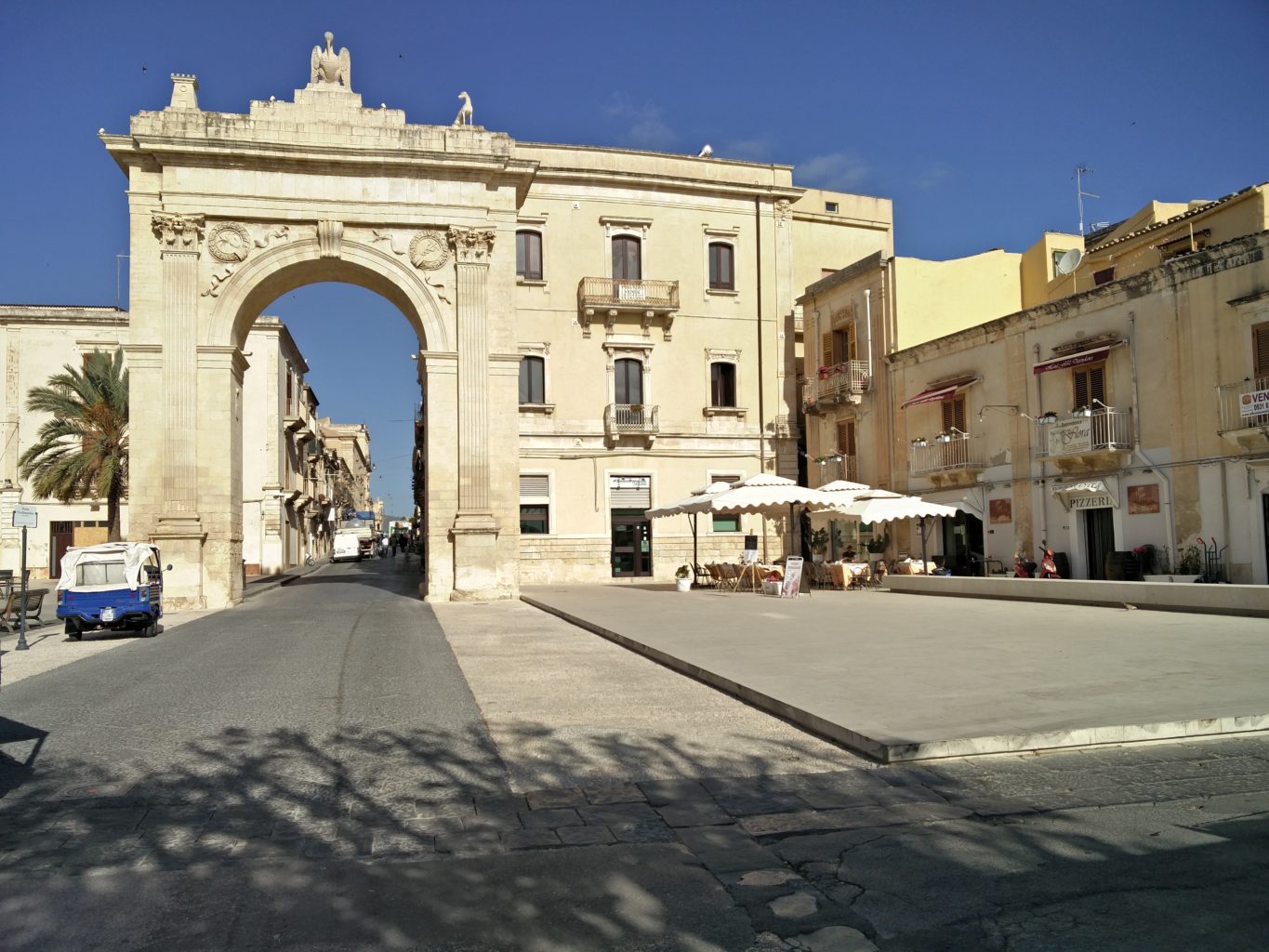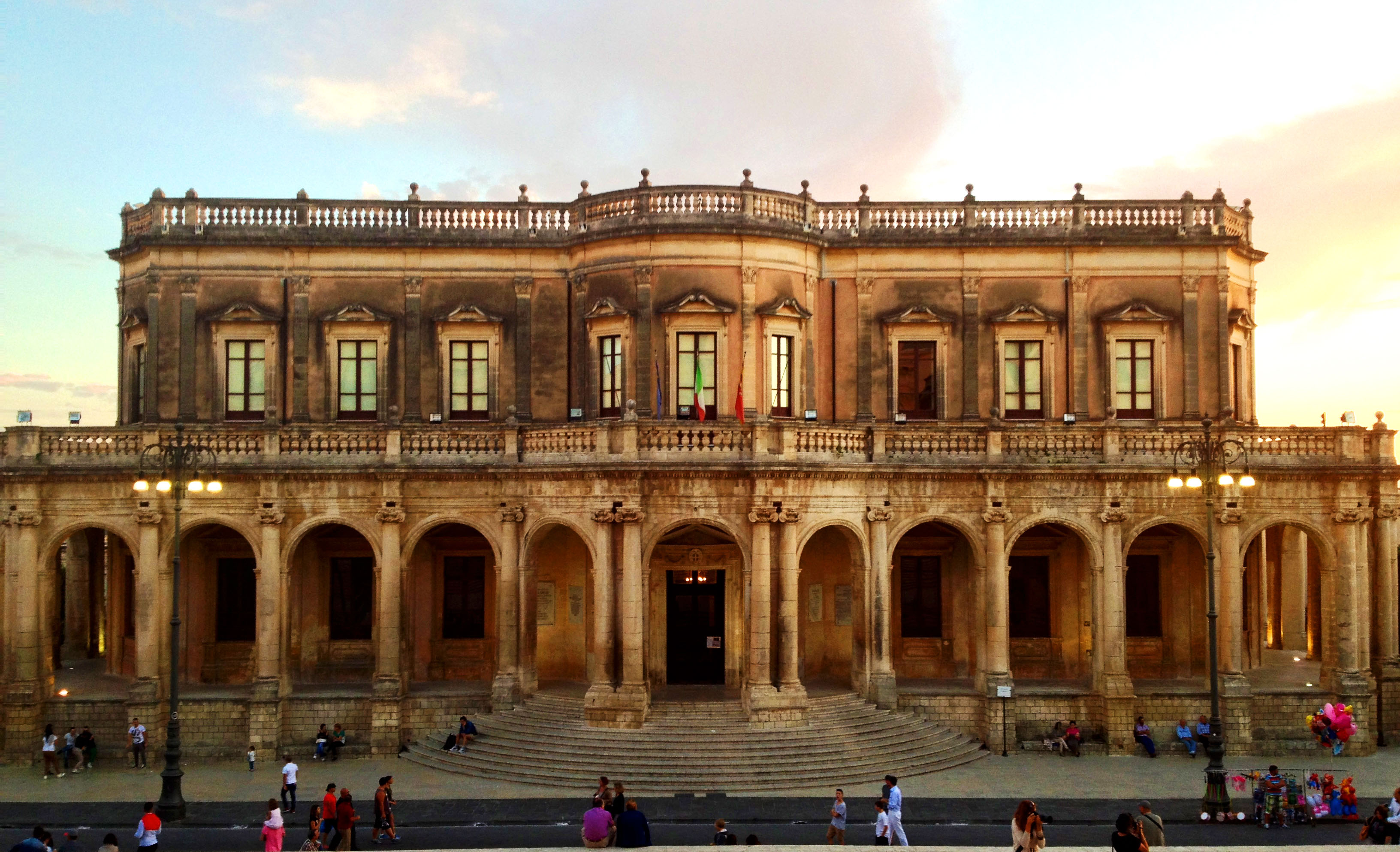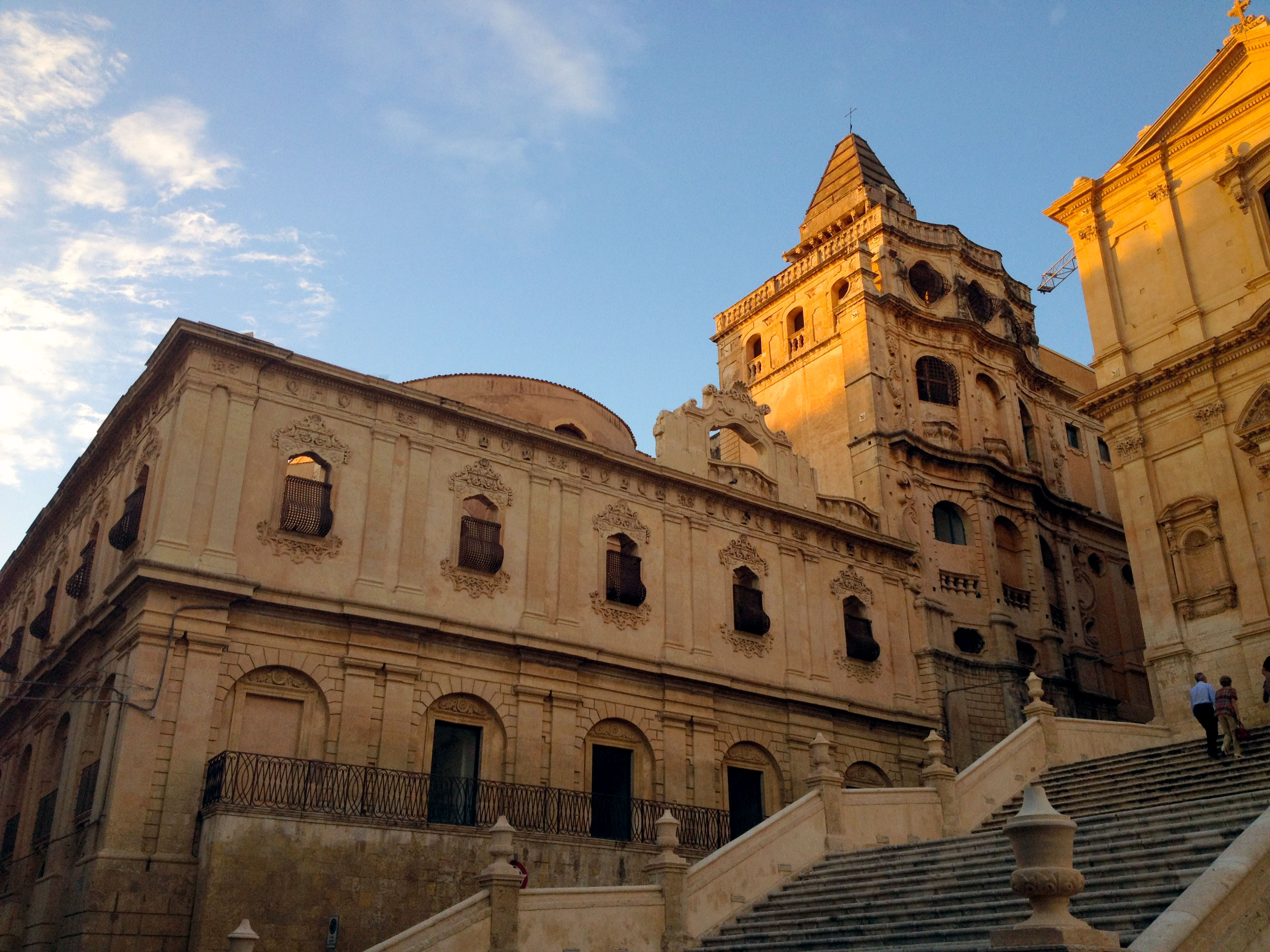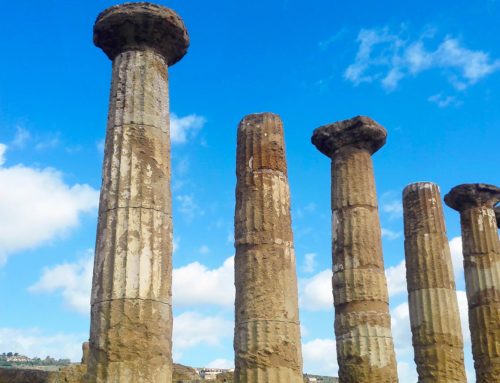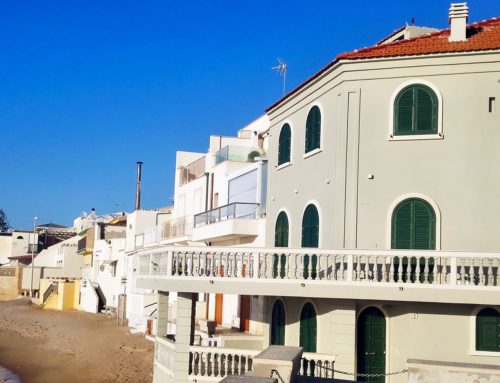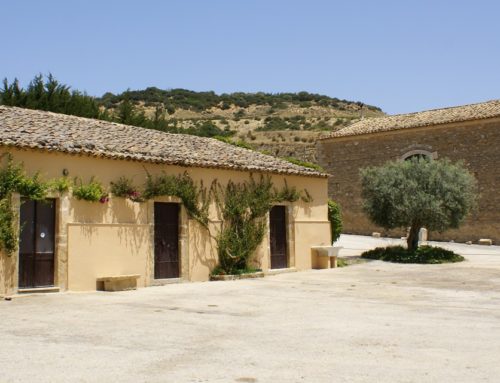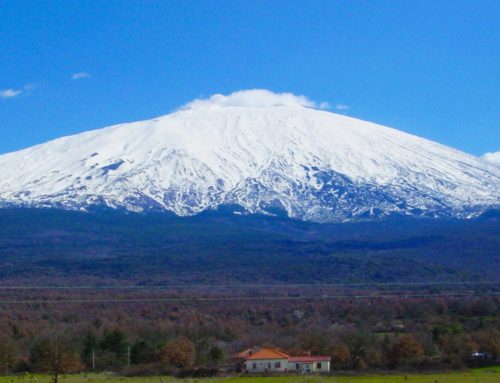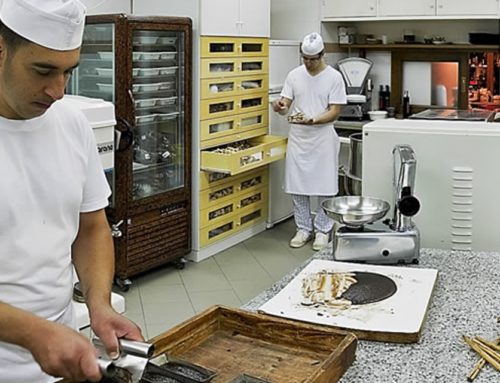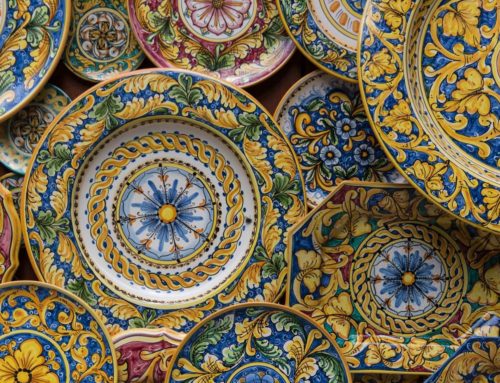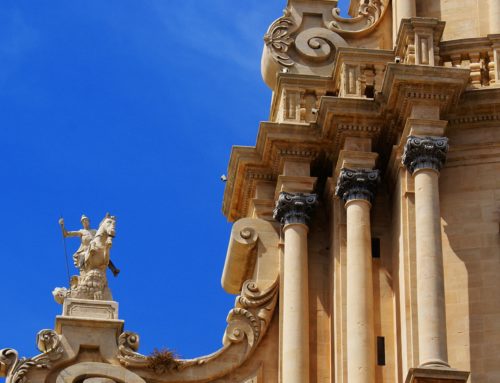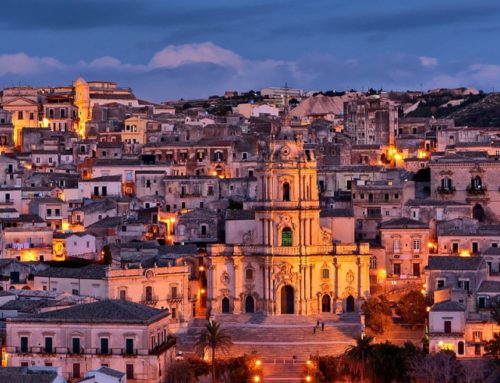Project Description
Syracuse and Noto: a voyage through the Greek history and baroque towns
From Ragusa | Full Day
Siracusa
Siracusa is a must in Sicily, especially if you aim at combining your wish to learn about the Greek Sicilian colonization with a visit to Ortigia, a charming town surrounded by the water and thus an island in the island. The town was founded as one of the first colonies in Sicily in 733 BC by settlers coming from Corinth; shortly after, it became one of the most powerful towns ever in the whole ancient Greek world, defeating even Athens and being home to geniuses like Archimedes and philosophers like Plato. Today it is a Unesco World Heritage site. The archeological area you will visit includes a spectacular Greek Theatre able to host more than 15.000 people, a Roman amphitheatre dating back to 1st AD, and a huge sacrificial altar, built by Hieron II, where up to 450 bulls could be killed in one day to honour the gods. The area includes also a beautiful Latomy of Paradise (stone quarry) and its symbol, the big cave that looks like an ear lob, called “orecchio di Dionisio”, Dionysus’ ear. The second part of your visit will include a walking tour through the old town called “Ortigia”, a small island and very first settlement of the town.Here you will find yourself wandering around with your nose up to admire the beautiful architecture of the side streets, the port area and above all the oval shape square of the Duomo, the main cathedral. The Duomo was built as a temple in the 5th BC in doric style, later on transformed into a church, then into an Arab mosque and then again in a church during the Normans. It is like an incredible book made of several stone layers, each one telling the story of the different historical civilizations that ruled Siracusa and Sicily.
Noto
After your free time for lunch, we drive to Noto, listed among the Unesco sites together with other towns for its beautiful baroque noble buildings. In Noto you will enjoy a nice stroll through Porta Reale and along Corso Vittorio Emanuele, where the Duomo, the Palazio Ducezio city hall and the many churches, convents and noble palace will astonish you. The “Stone Garden” is the nickname of this town newly planned out after the 1669 earthquake. Time for a good almond or lemon “granita” sitting at the outside tables, joining and enjoying the local lifestyle…
Siracusa
Its history, the monuments, the sea, the climate and art make it one of the top three destinations to visit during a trip to Sicily. The Greek origins of the city that was the most important of the Sicilian greek world, rivaling and even defeating Athens, are now the richest and most obvious evidence, but the history of the city and its monuments covers every stage of the history of Sicily .
Founded in 733 BC by a group of settlers from Corinth, Syracuse became one of the capitals of the ancient world’s most powerful thanks to its tyrants, military strategies and policies of expansion, right alliances that for a long time will guarantee solidity, economic and cultural prosperity. The town would later on control and influence the whole of Sicily greek world for a long time until its fall under Rome in the second century BC
During a long period of about five centuries the city was provided with temples, aqueducts, unique and impressive military fortifications, natural harbours enriched with commercial and military logistics facilities and above all a high and modern level town organization in the island of Ortigia across the Neapolis (the new town) extension of the first.
These two places become the epicenters of the art and history of Syracuse and the most popular places to visit today necessary for the visitor to understand the city, its “stories” and its “souls.”
The Neapolis houses a Greek theater that is supposed to host up to 20.000 spectators and still in use today. One of the best preserved and extraordinary theater of the ancient greek world in the Mediterranean.
Beside the theatre, stone were extracted to build the temples of the neighboring island of Ortigia or the altar of Hieron, sacrificial altar dedicated to Zeus Eleuterio and one of the largest of the time that is located next to a Roman amphitheater among the largest of the roman empire in Italy.
The quarries of paradise and the Ear of Dionysus testify the intense activity carried out by man, including about 7.000 Athenian slaves here were condemned to hard work contributing to the grandeur of the city of Ortygia, by the monuments built here. Here you can see one of the oldest and most imposing temples of Sicily, the temple of Apollo, dating back to the foundation of the town and adjacent to the agora and the market place still in use today from the Greek times.
A vibrant market of fish, meat, fruits and spices still stimulates curiosity, the smell and sight of curious travelers who want to get lost among the narrow, noisy and ancient alleys of Ortigia.
Besides the Roman remains, Syracuse keeps early Christian, Byzantine, Arab and Jewish heritage. These are among the most remarkable since the jewish community in Syracuse was one of the most numerous in Italy and the Mikvet (purification bath) is the most significant expression because it seems to be the oldest in the Mediterranean dating back to IV century AD
The actual town plan of Ortigia shows the medieval layout of small and narrow streets, full of churches and museums that tell well its glorious Middle Ages through the Palazzo Bellomo, among the most important museums for medieval arts in Sicily.
The baroque architecture, following the disastrous earthquake of 1693 and its beautiful seventeeenth century aristocratic palaces coexist with spaces and fragments of his past greek and medieval even today along the coastal perimeter with the Maniace Castle.
The best blend is definitely represented in the central square, once the acropolis of the Greek city and today a place of summary of all the historical events of Syracuse in the temple of Athena, now incorporated in the beautiful baroque Cathedral of Ortigia showing the “stories” and “souls” of the city.
A Greek temple turned into a Christian church, decorated by Byzantine workers, then used as a mosque, and reported to the Christian framework by raising the ceiling portion and opening windows during the Normans.
The seismic events determine a rotation of the temple, the entrance and orientation towards the new square and enrichment with chapels, statues, a baroque altar and especially a spectacular façade stands where Saint Lucia, patron saint of the city writes the latest pages of a wonderful stone book of the history of Syracuse and the whole of Sicily.
Among the many stories that the city tells us there are those of its Patron Saint Lucia and Caravaggio who stayed here briefly and left the city the burial of Saint Lucia that today you can ‘see on display in Syracuse not far from one of the symbols the city that is the spring of Arethusa.
Here we celebrate fresh and salt water of the sea that discloses to us the myth of Arethusa and Alpheus under the shade of papyrus that grows here since ancient times and whose paper is also a resource for economic and craft activities in town.
Noto
Noto is an hidden gem of the baroque architecture in Seventeen hundred in Sicily.
The town was reconstructed in a new site after the earthquake in 1693 and it was conceived following modern anti seismic cryterias.
The best architects and carving masters were called to plan the new town and unlimited economic resources were available thanks to the noble families and the religious confraternities especially during the Spanish domination; here they developed consistently their activities over Arab and Jewish communities had proactively operated in the past; these two communities and the Cristians lived in prosperity and shared a vast and fertile territory, still today the biggest town territory in Sicily.
The foundation of a new town provided of wide streets and large squares and its churches and palaces follows the social needs of Seventeen hundred society.
The main street, Corso Vittorio Emanuele and the Cathedral square shared with Palazzo Ducezio (City hall today) become the places of the social life and symbols of the religious or civil authority.
Noto Antica is the the starting point to understand the history of the town from the Sikelians, Greeks, Roman and above all Arabic dominations. The Arabs divided Sicily into three big districts, whose Noto was county town of the South East.
Noto antica was abandoned and today it is vey interesting to walk across city gates, bastions, palaces and churches to understand the tragedy of an earthquake that a surviving historian of those days compared in length to a Crete prayer during the mass.
The new seventeen hundred town has plenty of churches and adjoined massive monasteries among which Santa Chiara, San Salvatore, San Francesco facing the main street.
Palazzo Ducezio and the Cathedral look opposite at each other amongst the scenographic steps of the square surrounded by stone gardens of the decorations from the curches having religious theme or apotropaic inspiration along the scary stone faces of the balconies on the nearby streets.
Palazzo Nicolaci is a beautiful example of Sicilian baroque style; its extraordinary mascherones are wonderful to look from bottom up to the top standing in the street, while in the past they meant power, authority and somehow social fear looking up at them.
Rampling lions, Horses, dreadful or peaceful puffy faces, marine syrens with the breast uncovered, scary figures with teeth out have been waiting visitors to fascinate and magnetize under the orange vivid colour that the stone gets at sunset time, as well as all the other momuments in Noto.
The town is really elagant today and visitors are increasing in number every year probably thanks to the vicinity to its Marina, Siracusa and other towns on the coast (Marzamemi and Vendicari), pretty well linked by the new motorway. Its economic activities, once based on farming and wine production are today are slowly decreasing and almost balancing in importance to tourism.
- Private Sedan car or Mercedes Viano up to seven seats
- Private driver speaking your language
- Fuel, motorway toll and parking fee
- Half day service with private driver and car UP TO 4 HOURS
- Full day service with private car and driver UP TO 8 HOURS
- Water bottle onboard
- Visits, stops and panoramic driving tours described on the itinerary
NOT INCLUDED:
- Archeological sites, monuments and churches entrance fees
- Local products and wine tasting or culinary experiences unless included
- Driver and local guides gratuities (we suggest 10% if services meets or exceeds your expectations)
- Local Sicilian regional licensed guide
- Meals, wine tasting or culinary experiences if not already included in the itinerary
- Yachts, helicopter or private plane rental linked to our ground transportation service
–
or send us a message requesting information, our team will respond as soon as possible.

